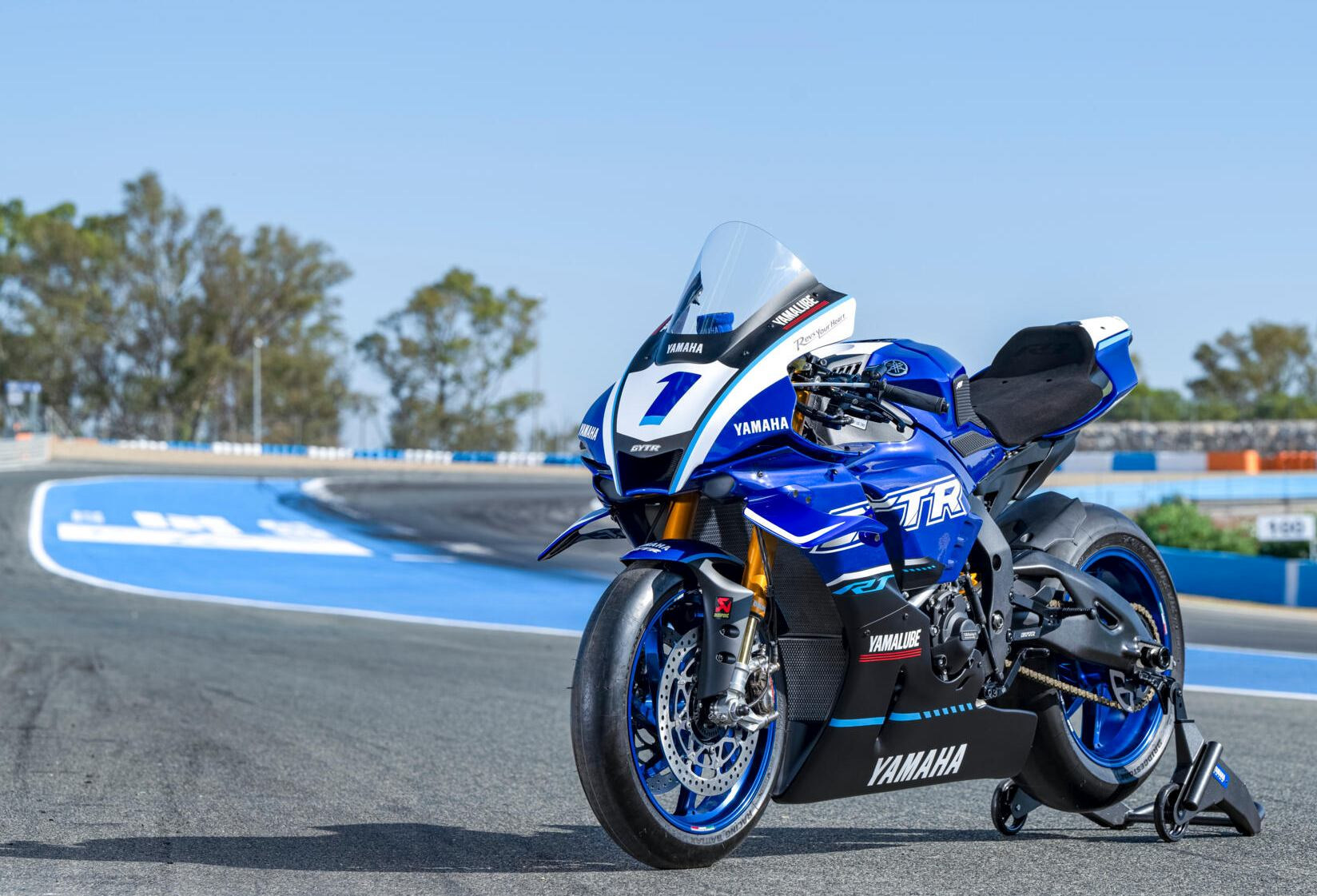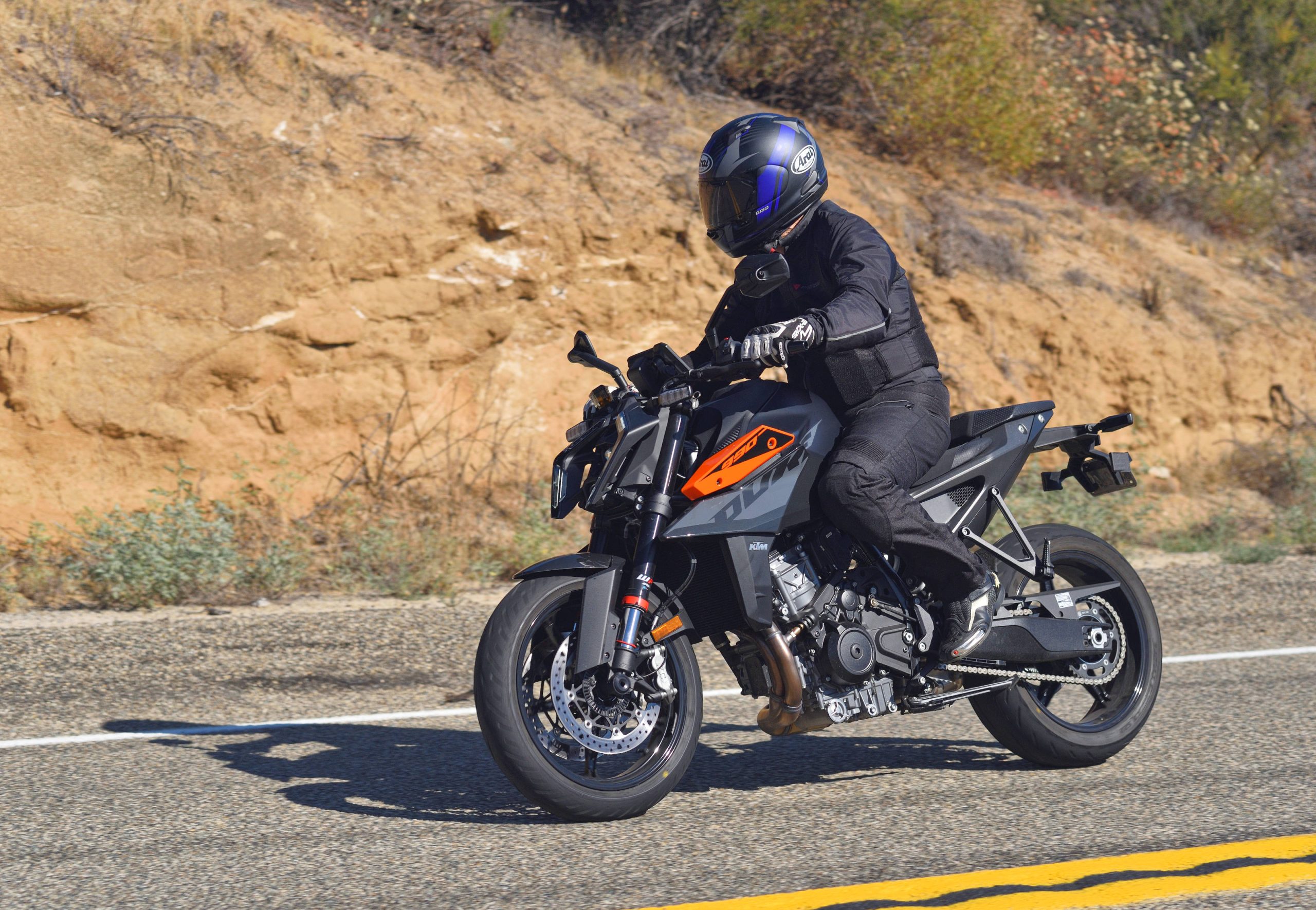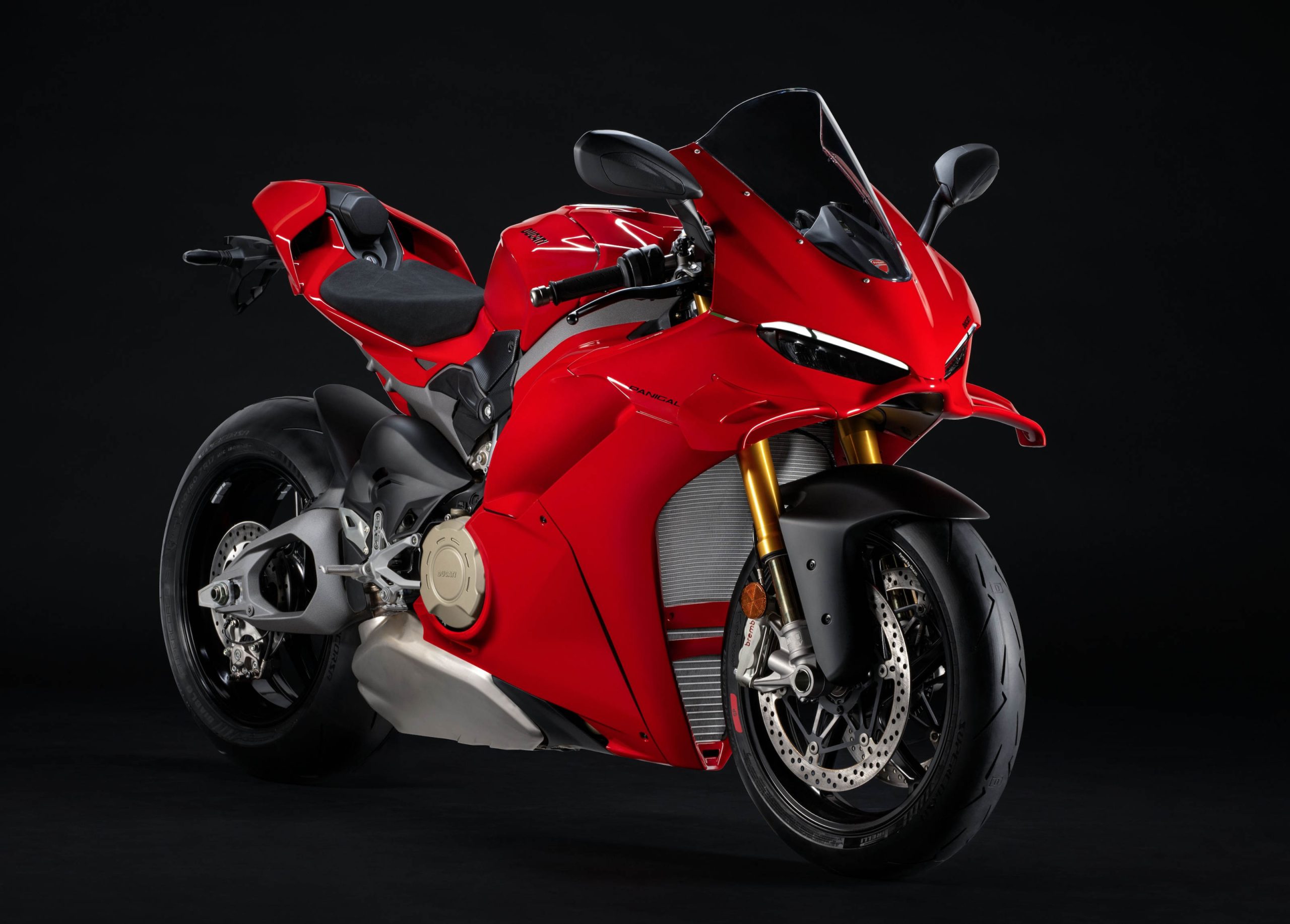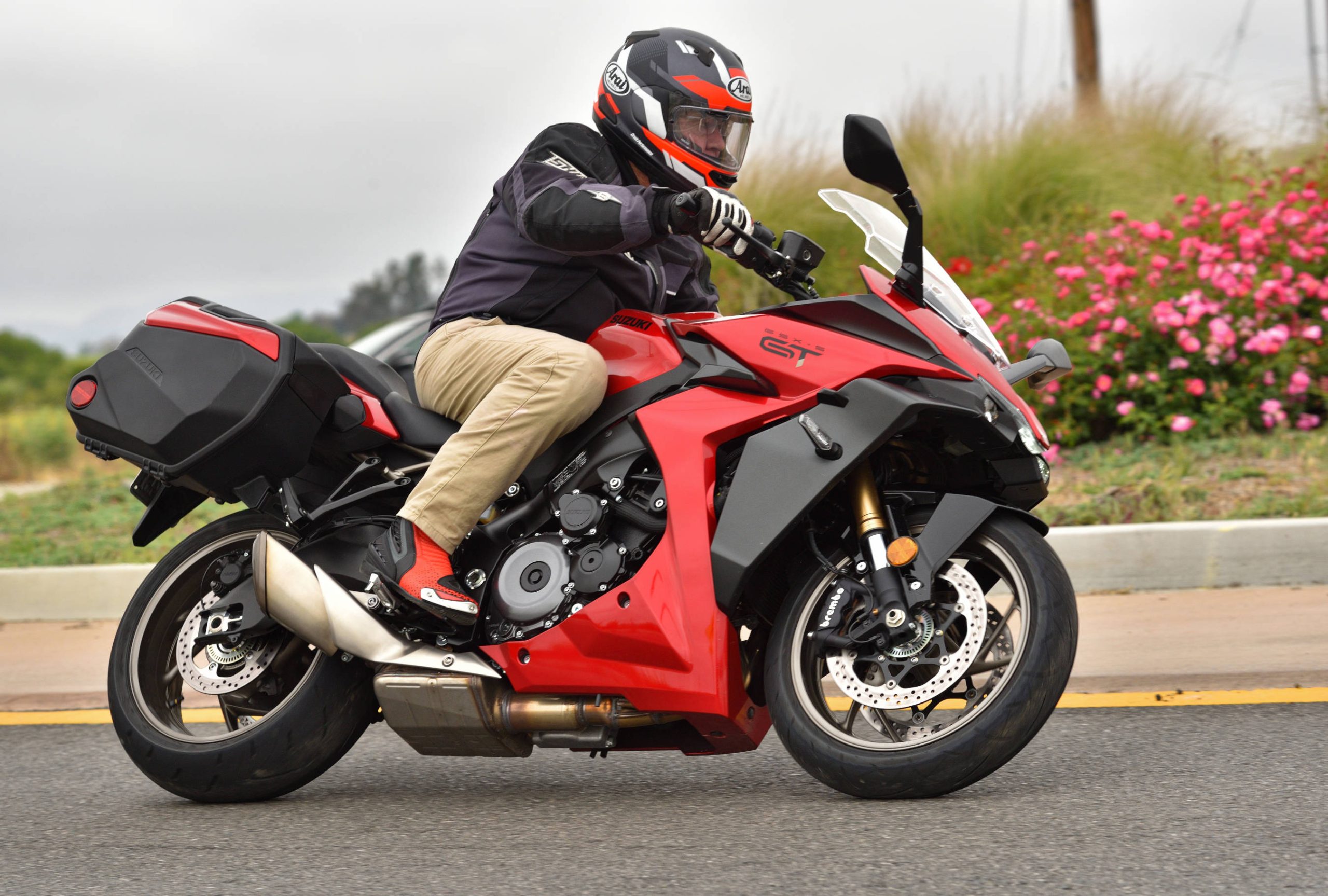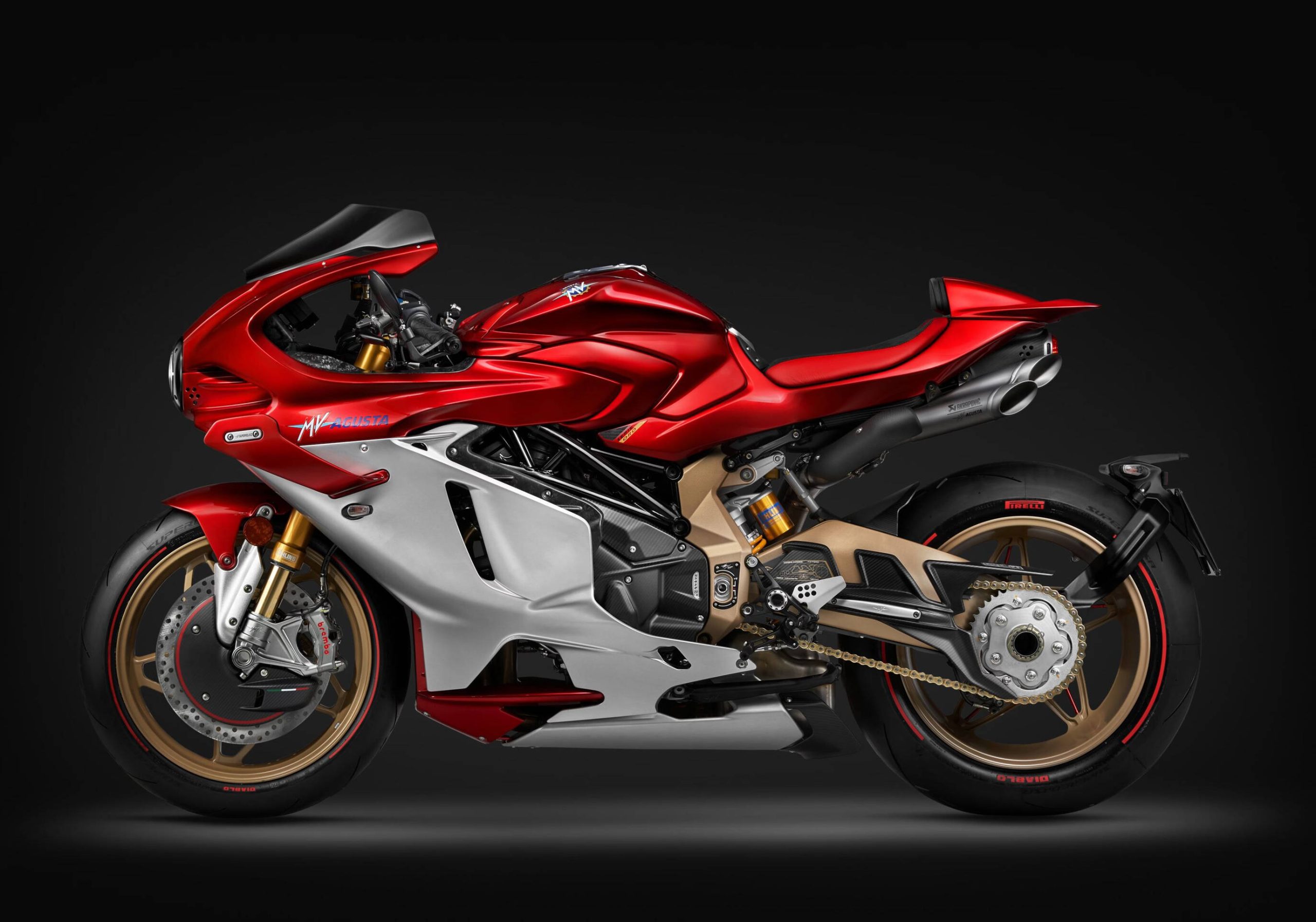
Respect! A 1959 YDS1R production racer reminds Valentino’s 2004, 2005 and 2008 Championship winners where it all began.
By this point the engine had totally changed. Vertically stacked gearbox,
central gear cam drive (chain and gears mix on the right side before),
rear shock anchoring to the cases and, if you could peek inside, you’d
see the 90 degree staggered crank pins adopted by the R1 this year.
Ever wonder where championship wining race bikes sleep at night? In the case of the newly crowned M1 and R1 of Rossi and Spies, Yamaha thought it would be a good idea to reveal to the public their sensational sleeping quarters. In a rare PR move for a works MotoGP team, the tuning fork brand decided to open the doors of its European racing headquarters and it is indeed a dream setup.
For years, Yamaha’s racing epicenter was in Holland, but the exponential growth in Italian sales as well as the signing of Valentino in 2004 have moved the center of gravity to Yamaha’s Italian headquarters in Gerno di Lesmo, Italy. The modern and impressive complex is located right next to the Monza circuit, just north of Milan.
after a quick check by the security guards, I am allowed to enter the huge structure. An array of old race bikes and new world champion steeds sits near the entrance, but curiosity leads me straight to the main space. It’s a huge warehouse style area, but it could serve well as a space to assemble space shuttles.
The perfection needed to fight it out with the best is reflected in the spotlessly clean workbenches and loading docks. I was half expecting to see lathes and CNC mills, but in the current world of MotoGP and WSBK there is little room for local improvisation. The days when tuners would burn the midnight oil retouching the ports of a two stroke are over.
| The full line-up of 990 MotoGp engines covering the years 2002-2005 was on show. Seeing them one next to the other was a really rare opportunity. It was quite fascinating to be able to follow the development of the different mechanical features and motor architectures.
In the foreground, Yamaha’s first 2002 effort clearly shows strong R1 ties with its set of Flat-slide FCR Keihins (albeit with unobtainable magnesium bodies) and backward spinning crank. Tell-tale sign is the piggyback generator driven by an intermediate countershaft that reverses the crank’s rotation. The line, the shift to fuel injectors in 2003 is evident, even if the throttle bodies are carb related with slides rather than butterflies. |
| Compared to the carbon enclosed M1s, the simplicity of the 250 racer is remarkable. The YDS1R was Yamaha’s first production racer and was based on the successful works “Mount Asama” racers. |
It’s not the first time that I can see and touch works bikes, but in the case of the M1s on display, the fit and complexity of the parts is such that things just have to come straight from Japan only after they have been tested. Therefore, Yamaha’s European Racing HQ deals mainly with race maintenance, not fabrication.
After hearing many horror stories about the routine destruction of prototypes, it’s good to see that Yamaha doesn’t send so many of their old race bikes to the crusher at the end of their life on the track. While the full range of MotoGP four-stroke bikes is here, the Italian TZ club has put together a fine exhibition of good old strokers. So join me for a stroll through these fine wares.
| M1s have always useD 4-2-1 exhaust systems, but the old debate about which cylinders should be joined was alive within Yamaha R&D. The 2005 engine in the foreground has cylinders 1&2, 3&4 linked, while the 2004 version in the background has cylinders 1&4, 2&3 joined. What works best then? |
| The main corporate meeting room has a nice piece of dynamic sculpture. The Racing headquarters is also the place were contracts are negotiated and strategies decided. |
| While peeking inside the workshop space, the rivalry between Rossi’s and Lorenzo’s crews could be felt through the thick window glass. Twin clocks keep the team aware of the time back in Yamaha’s Japan R&D center. |

| |
| The main space in Yamaha’s racing HQ is actually the loading area. The lines numbered 1 to 4 are where the huge rigs park to load and unload their precious wares. Yamaha Racing, together with some loyal local collectors, put together a very fine show. The maintenance labs, sorry, I meant workshops, can be seen through the windows on the right side. |
| Two strokes galore! From a 1962 250 TD1, through an 80’s TZ125 up to the gone-but-not-forgotten, all-mighty, YZR 500 (ex Noric Abe). Unlike archrival Honda, Yamaha’s history was written with burnt oil, and there were plenty of strokers on show. The only missing ingredient was the sweet smell of castor oil in the air. |
| Not so sure that Vale really likes the idea, but Biaggi’s 2002 steed shared space with his 2008 Championship winner. Many forget now that Max achieved the runner-up spot in the single year he rode the M1 and was instrumental in it’s early development. |
MD Readers Respond:
- That was absolutely awesome…….Thanks Jeff

